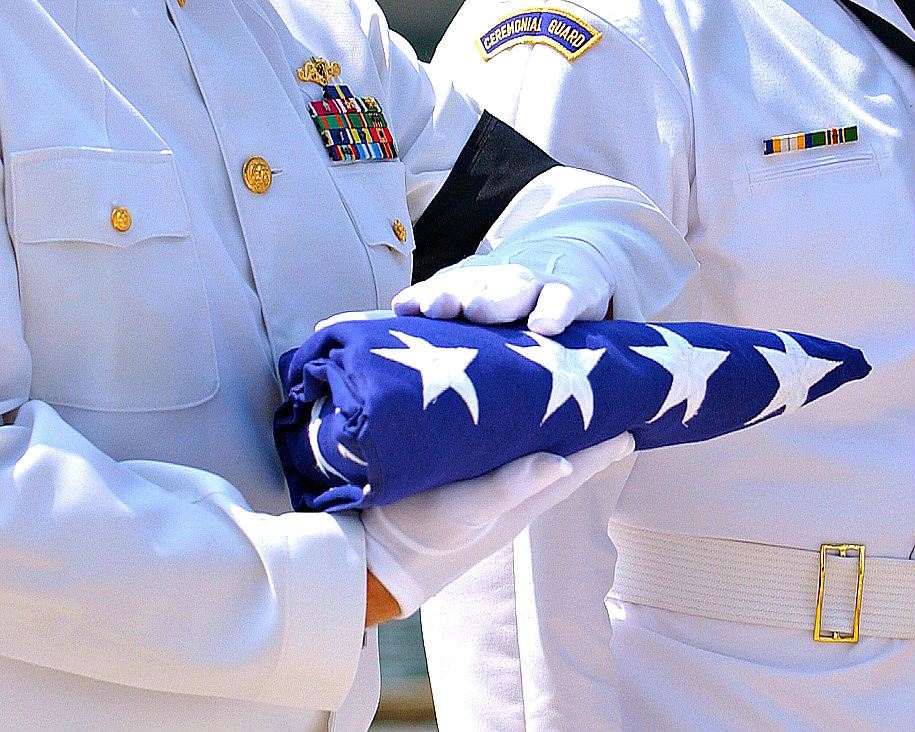Reclaiming Memorial Day
Saint Leo University has a deep commitment to the U.S. military and a 40-year heritage of educating those who serve including online degree programs.

Saint Leo University has a deep commitment to the U.S. military and a 40-year heritage of educating those who serve including online degree programs.

Lost amidst the beach chairs, bathing suits and white shoes that signify the official start of the summer season, Memorial Day has become a three-day weekend, crammed with not-to-miss sales at big box stores and car dealerships, family picnics and mini vacations.
Memorial Day's roots go back to shortly after the Civil War. While people had been paying local tributes to those who had died during the country's War Between the States, in 1868, Maj. Gen. John A. Logan, commander-in-chief of the Grand Army of the Republic, issued an official proclamation for a nationwide observance.
Called Decoration Day, it was a solemn day when businesses closed, flags flew at half-staff, and people decorated the graves of the Civil War dead with spring flowers.
After World War I, Decoration Day was expanded to honor all those who had died in service to the United States during any American war. In 1971, an act of Congress made it a national holiday observed every year on the last Monday in May.
Often confused with Veterans Day (which honors all service members, living and deceased), Memorial Day is for remembering the men and women who died while serving in the U.S. Armed Forces. Since the American Revolution, approximately 1,264,000 American soldiers have died in the nation's wars.
"For the majority of Americans, it's so easy to see Memorial Day simply as an extra day off – the start of summer and the vacation season," says Saint Leo's Tedd "Gunny" Weiser, interim director of Veteran Students Services.
"It's critical, however, that we all take a moment to respectfully reflect on the real reason for the holiday. Without the sacrifice of these selfless individuals, freedom would only be a vision."
Less than 500 words in length, Logan's proclamation, officially titled General Orders No. 11 and issued on May 5, 1868 in Washington, D.C., is a sobering call-to-duty.
Here are a few highlights from that proclamation.
"Let no wanton foot tread rudely on such hallowed grounds. Let pleasant paths invite the coming and going of reverent visitors and fond mourners."
"Let no vandalism of avarice or neglect, no ravages of time, testify to the present or to the coming generations that we have forgotten as a people the cost of a free and undivided republic."
Click here to read the proclamation in its entirety.
On Dec. 28, 2000, President Bill Clinton signed the National Moment of Remembrance Act, which designated 3 p.m. on Memorial Day as a time for Americans to pause in a symbolic act of unity "to honor the men and women of the United States who died in the pursuit of freedom and peace."
According to the 106th Congress Public Law 579:
"A National Moment of Remembrance and other commemorative events are needed to reclaim Memorial Day as the sacred and noble event that the day is intended to be."
Providing higher education opportunities to active servicemembers for more than 40 years, Saint Leo has a deep commitment to the U.S. military – a commitment that is symbolized in an extraordinary piece of public artwork at the heart of University Campus called, "For Those Who Serve."
In dedicating the statue in 2010, Saint Leo President Arthur F. Kirk, Jr. said that "those who serve are in our hearts and prayers every day."
That commitment to honor those willing to make the ultimate sacrifice connects with Logan's solemn reminder nearly 150 years ago to honor those who did.
Image Credits: Beverly & Pack and the U.S. Army on Flickr/Creative Commons and University Communications